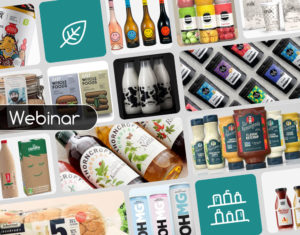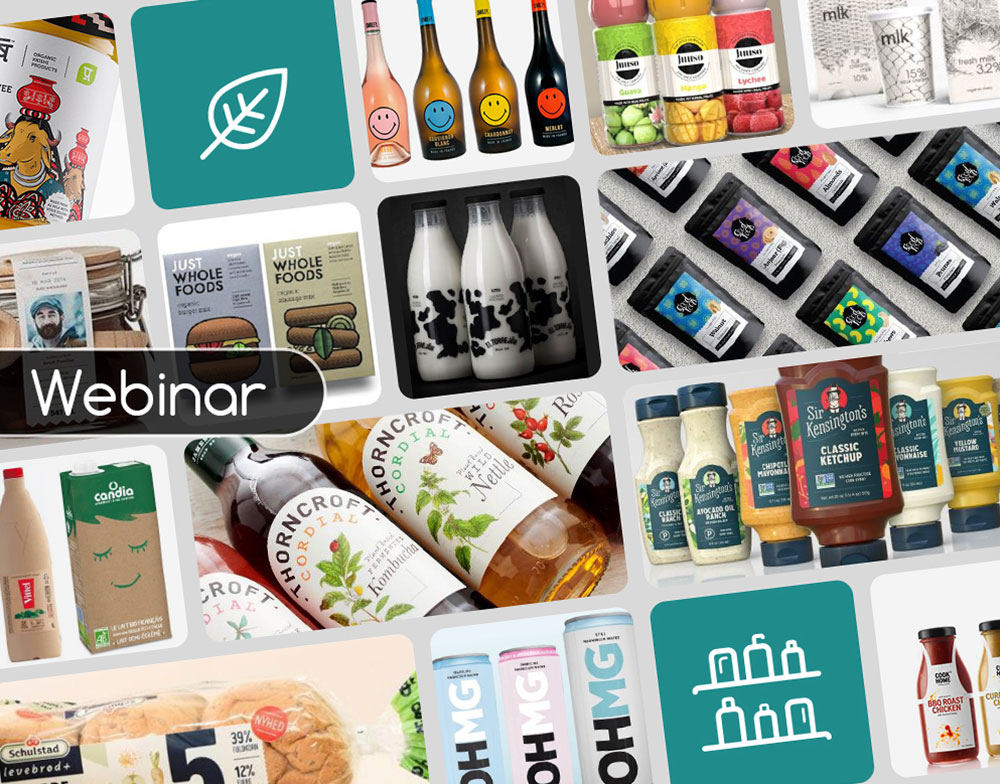The new criteria for consumer choice of food
A global study conducted by Ernst & Young on the evolution of consumer expectations shows that consumers are now focusing on very personal criteria when making purchases: price first, then health. The planet and society are concerned, but they come far behind. However, until a few years ago, they were not even considered as criteria of choice.
This leads marketing practitioners to re-evaluate the coherence of brands and products with the new expectations of consumers and to rethink marketing levers.
Food brands commit to sustainability
More and more brands have realised these transformations and have committed themselves to a sustainable approach
The pillars of sustainability in the food sector
Let’s recap on the three key pillars of sustainability:
- Human health
- Respect for the environment
- Ethics
This commitment is clearly visible on the brands’ websites with strong promises. The trend is clearly towards producing food products that are better for health and the planet.
Food brands must prove their real commitment
However, consumers are not fooled anymore. They have been fed with TV shows, such as “Cash Investigation”, “Envoyé Spécial” and others, as well as 60 millions ads. Today, there is serious mistrust towards brands and their messages. Brands must be more transparent and honest with their customers and provide tangible evidence of their commitment.
Packaging: a vehicle for communicating the brand’s commitments
In this context, packaging is an essential communication touchpoint. It is often the first point of contact with the consumer. Through this medium, the brand can:
● Pass on its messages
● Meet expectations for sustainability
The brand must convince in a credible, authentic and honest way, while playing on desirability, which remains the basis of product attractiveness. All this will be done through the communication via claims (promises) and mentions, certifications and, of course, the design of the packaging.
The brand’s mission must be clearly visible and the proof of commitment must be credible. The packaging must highlight its social and environmental responsibility.
The product must remain desirable
Nevertheless, sustainability must not overshadow the desirability of the product. Conveyed by the story told around sensory profile, quality, authenticity and practicality, product desirability remains the essential purchase criterion.
In packaging communication, this means:
● Reassuring consumers that the product has the expected qualities versus the advertised benefits or promises,
● Telling a story that makes sense and is honest, transparent and consistent,
● Reassure consumers about the sustainability of the product, brand and packaging,
● Provide a unique and differentiating sensory experience,
● Ensure practicality of use in order to sustain re-purchase.















